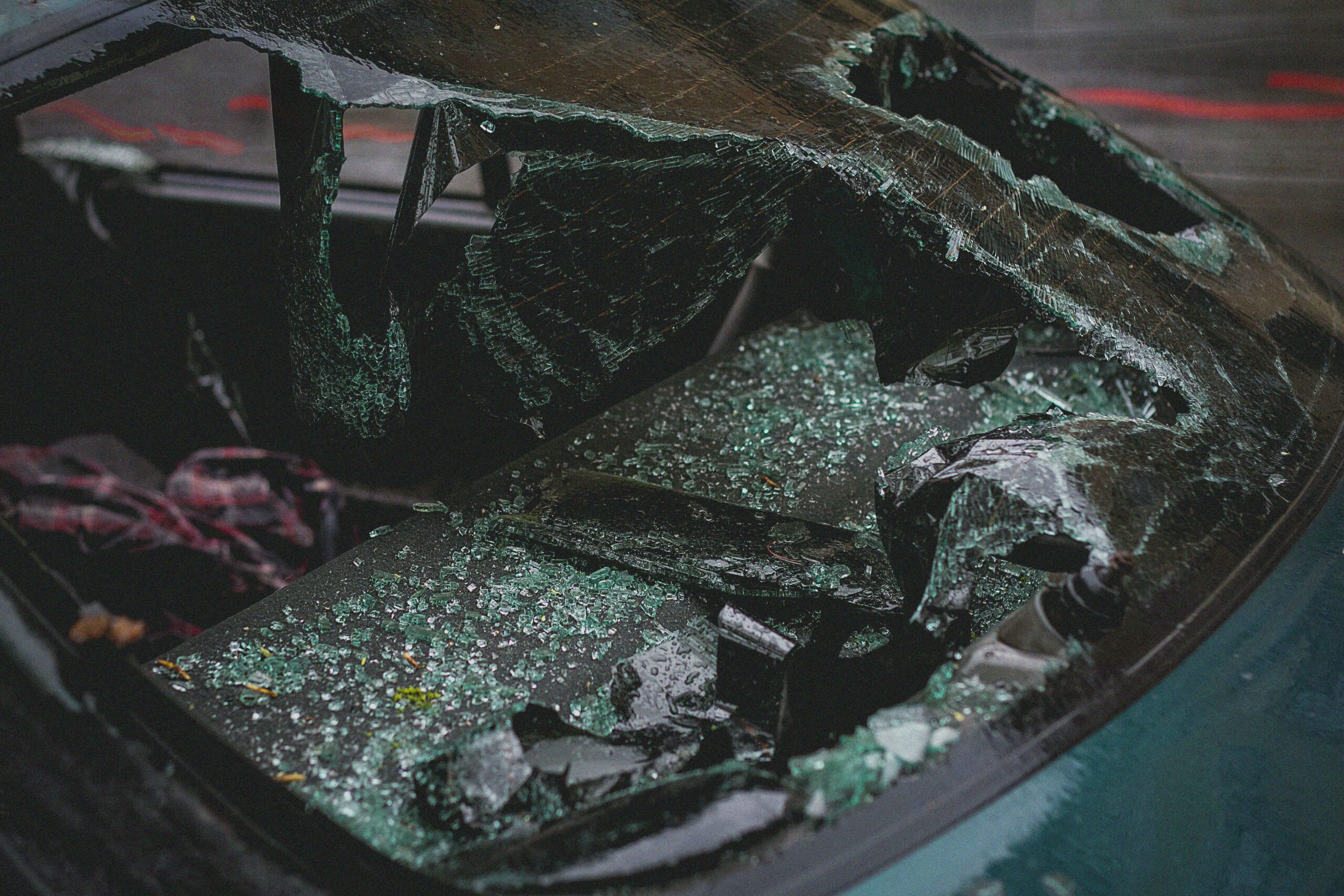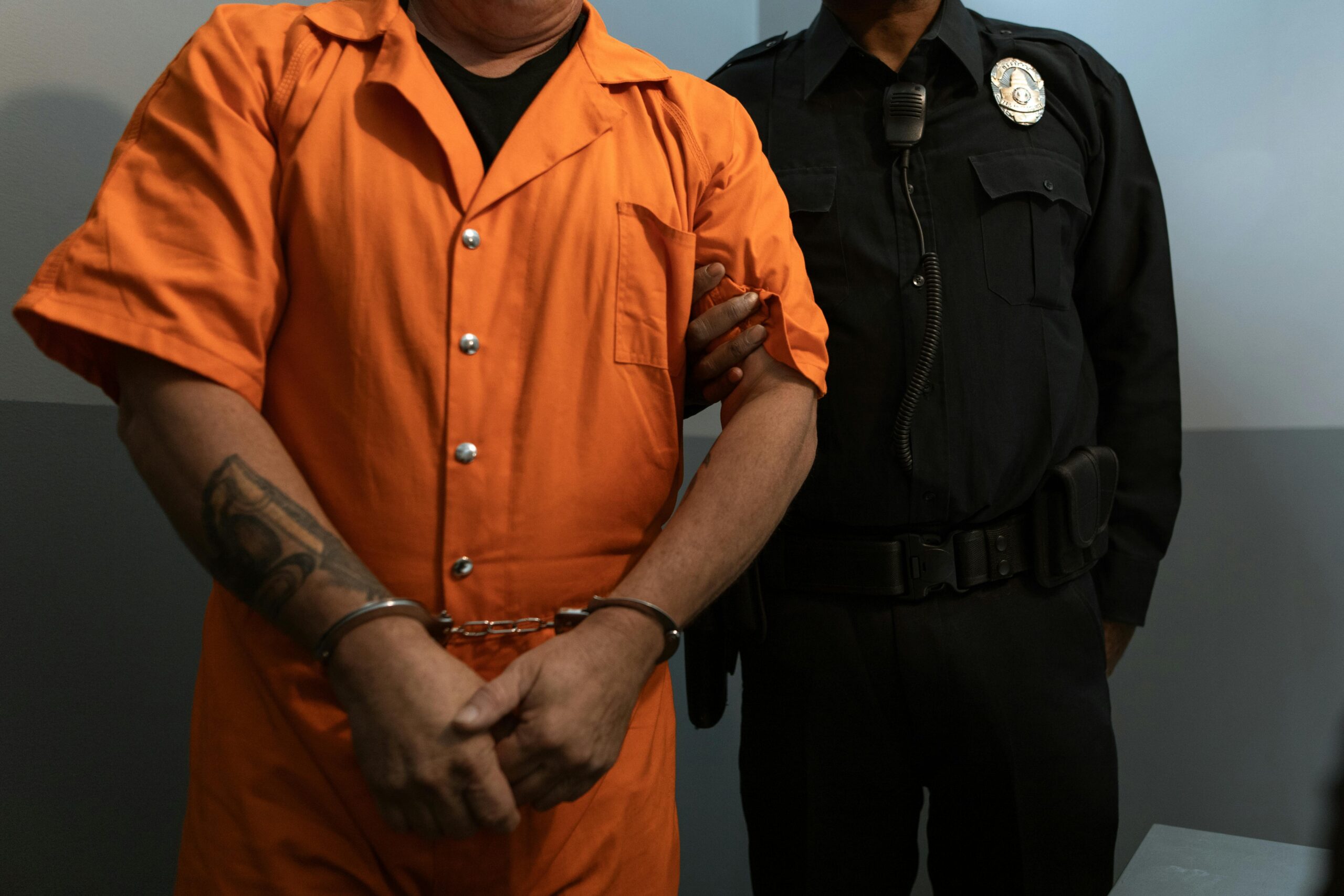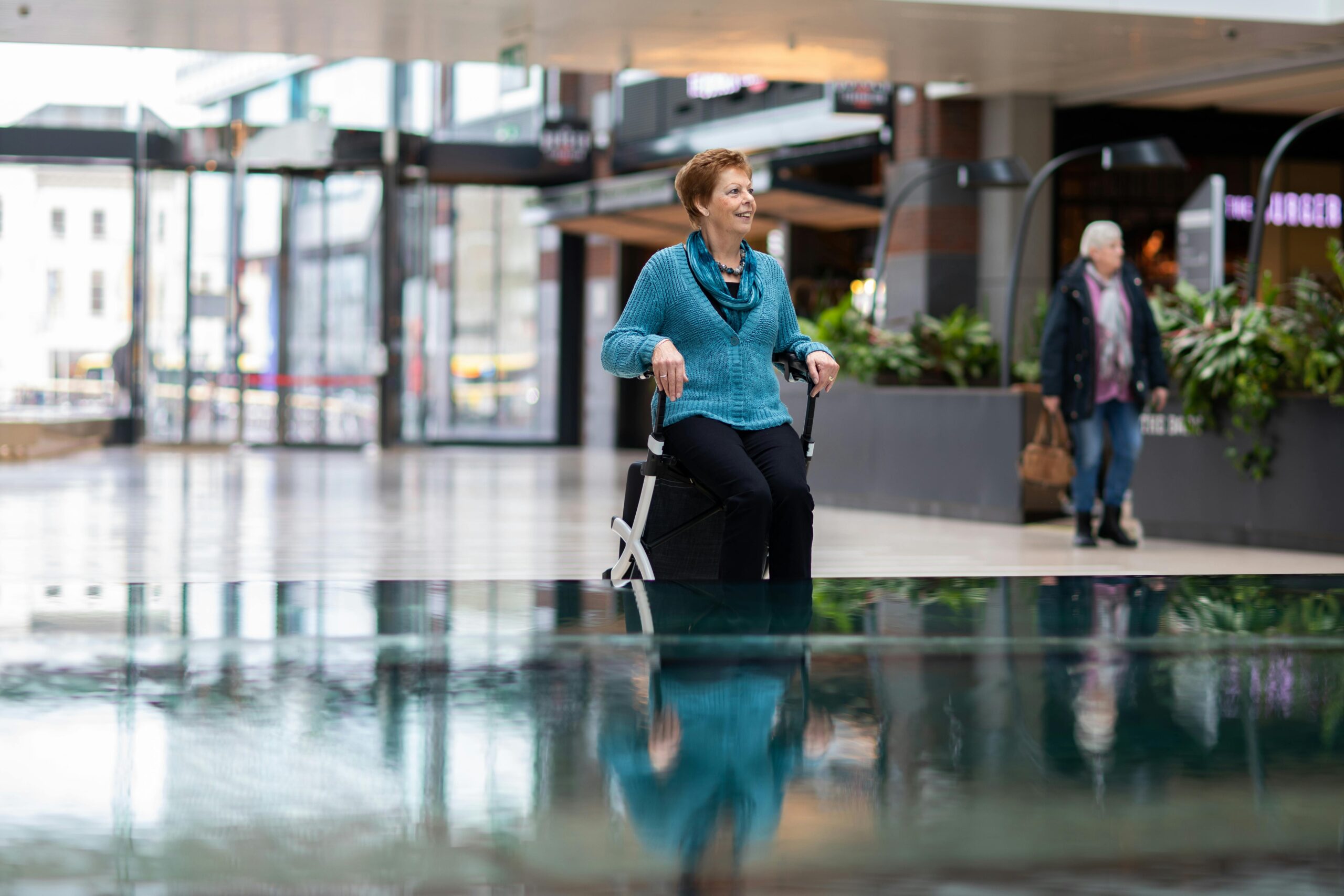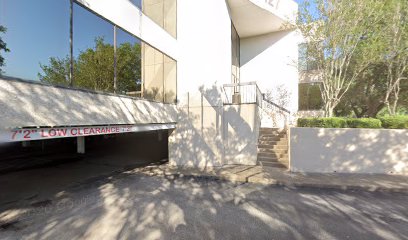Have you ever pulled up to a traffic intersection, glanced up to the camera fixed near the traffic light and thought to yourself, “I hope I didn’t make a mistake and receive a ticket in the mail”? Or, perhaps you’ve sped up during a yellow light or accidentally ran through a red light and you’ve worried that the red light camera captured your error and now you’ll receive a ticket for sure.
If you can relate, join the club. Just about every driver in Texas has had similar thoughts and feelings about red light cameras, especially when they made a mistake at a traffic intersection. That being said, do you still have to worry about those red light cameras?
The Laws on Red Light Cameras Have Changed
As of June 2, 2019, the laws on red-light cameras in Texas changed thanks to HB 1631. According to HB 1631, local authorities are prohibited from:
- Installing red light cameras
- Operating red light cameras
- Operating photographic signal enforcement systems
- Using evidence from a photographic enforcement system
While local authorities are prohibited from installing and operating red light cameras as of June 2, 2019, the new law does let municipalities that had ordinances enacted before May 7, 2019, under a contract to continue using their traffic signal enforcement systems until the contract under Chapter 707 of the Texas Transportation Code expires.
Why the Change in the Law?
It was Governor Greg Abbott who signed the legislation last year banning red-light cameras in Texas. According to proponents of the change, this move should reduce traffic accidents while protecting the constitutional rights of drivers.
The law, which went into effect in September of 2019, outlawed those red-light cameras that would take pictures of people’s vehicles at intersections while traffic signals were red. Law enforcement would view the photos and it would mail out fines to the drivers (which were usually $75).
Why did Abbott want the red light cameras eliminated? A report found that while the cameras reduced T-bone accidents at intersections, it significantly raised the chances of rear-end accidents because drivers would brake suddenly (probably when they looked up and saw the cameras). A study examined the impact of the cameras in Houston and Dallas and found it increased non-angled accidents by 28 percent. Learn more here.








